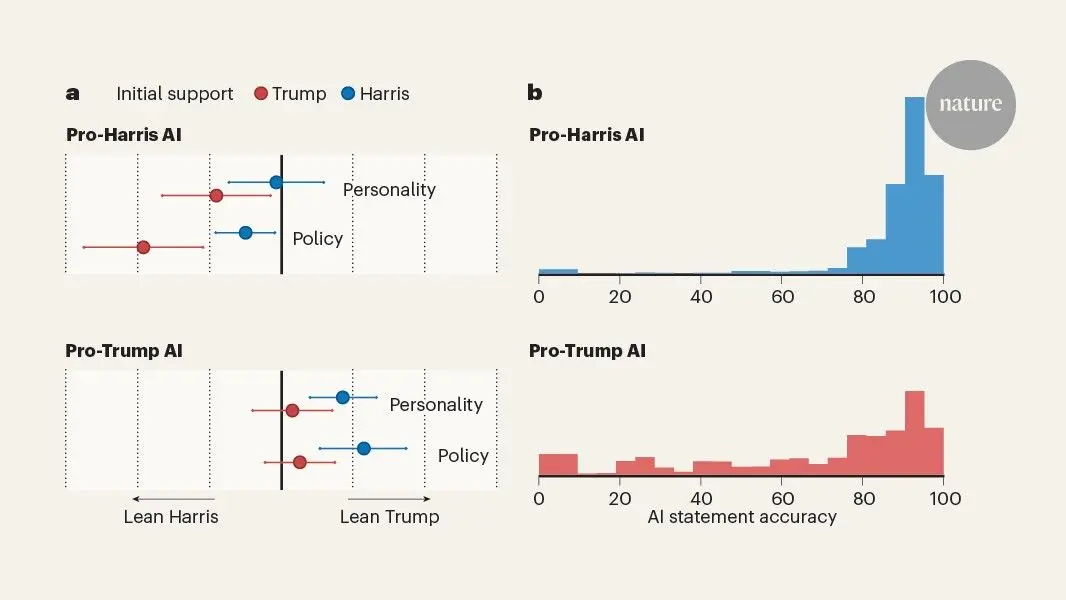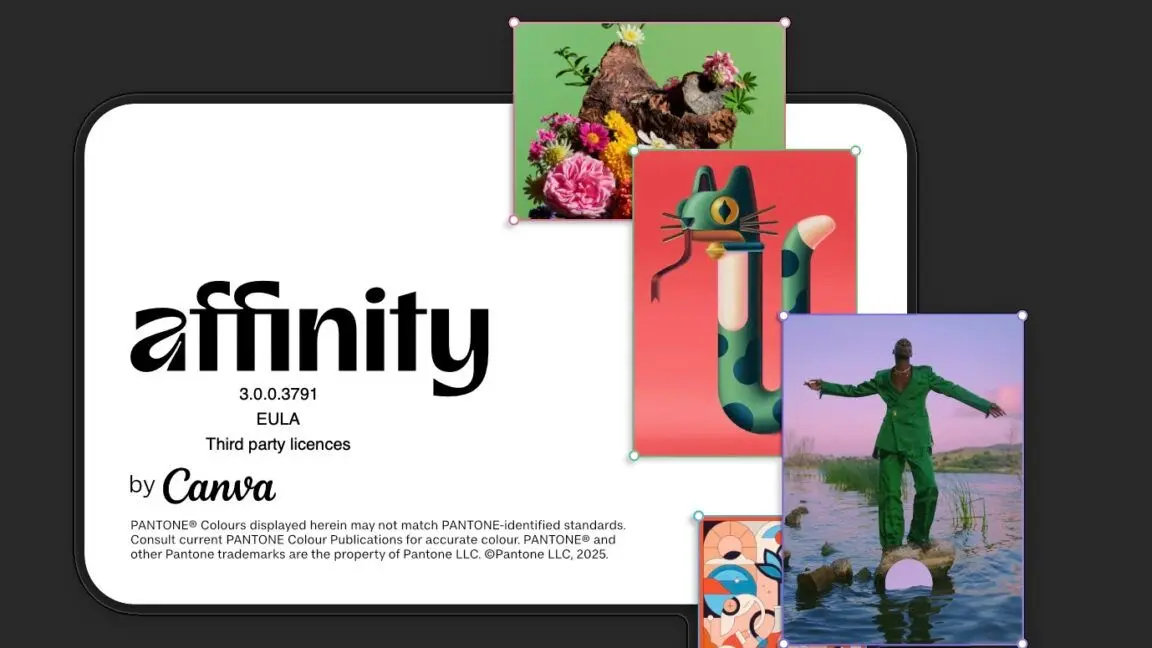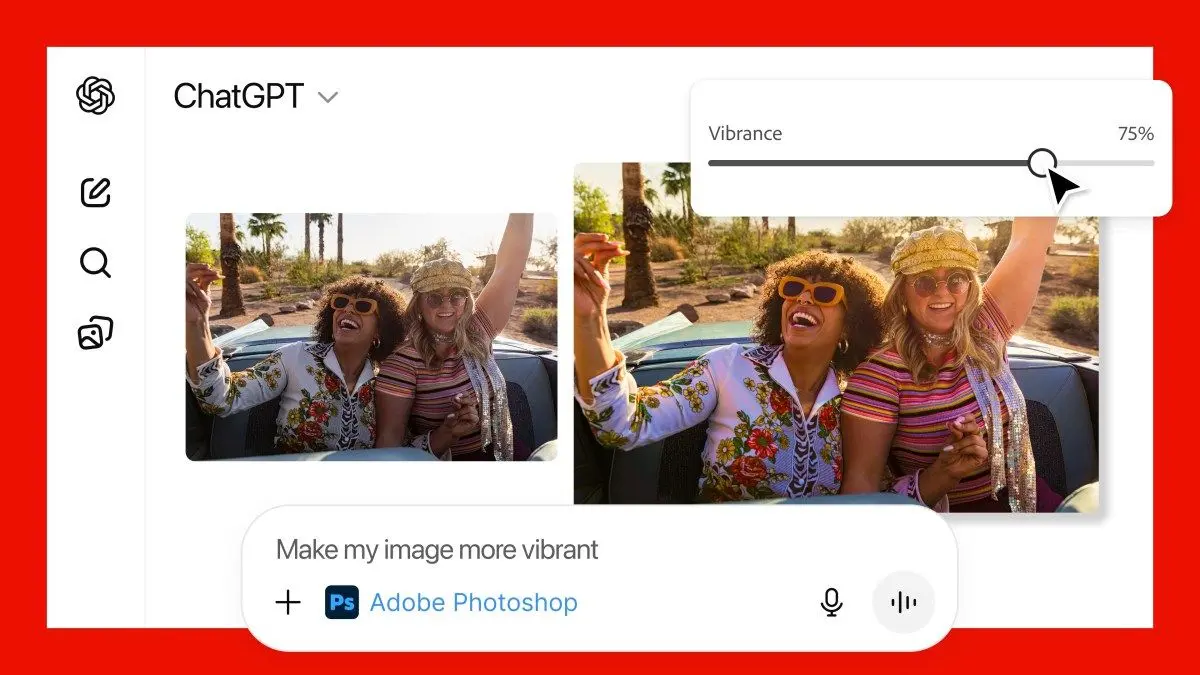Ideogram Launches Canvas Editor: A Game-Changer in AI Image Generation
2 Sources
2 Sources
[1]
Ideogram drops new canvas editor -- I got early access and it's a game-changer
Ideogram just became the most recent artificial intelligence platform to embrace a canvas approach to generating content. Its latest upgrade comes in the form of an editor that lets you paint any element of an image, stack images, or generate a new one. There seems to be a growing trend among AI companies to find new ways that allow users to interact with their models beyond the simple text or chat input. Anthropic led part of this charge with Artifacts in Claude, then OpenAI picked it up with its own text and code editing Canvas. I've spent some time experimenting with Ideogram Canvas and I'm impressed with its flexibility. Unlike other web image editor approaches that use AI, Ideogram includes layering, stacking each new generation and changes you make on top of the original. This makes it much easier to revert or to compare changes between one version and the next. It builds on some of the concepts we saw launched by Midjourney in its own editor, including expanding the canvas or painting around a specific element and changing it with a simple text prompt. I've used both and I think Ideogram's is a better implementation. Canvas is available as a standalone image generation interface, or where you can send images you've previously generated. It lets you more easily see the image and make changes compared to a text input field. A spokesperson explained: "Ideogram Canvas is your endless creative board for organizing, generating, and editing images. You can upload or generate images, and then seamlessly edit or extend them with Ideogram's industry-leading inpainting and outpainting tools." The ability to upload your images and edit/extend them using Ideogram is a powerful feature not widely available from other platforms. Apparently, Midjourney is working on enabling this capability in its editor soon, but for now it's not possible. This is particularly powerful in the realm of graphic design as Ideogram's text rendering capabilities are unlike any other model I've tried. For example, I was able to upload an image I'd created and have it add text to the frame in seconds. You could also give it your own image and remix that image, for example, changing the color of your cat or putting your cat in space. I don't actually own a cat, but I found that most AI tools are better at generating images of cats than they are of dogs. One of my favorite features of Ideogram Canvas is the ability to rename the canvas you are working on and create new ones. This creates a 'project' style system for AI image. The core platform of Ideogram hasn't actually changed; this is just a new feature that's been tacked on. There is a redesign so your generations appear down the side and the button for Canvas appears down the side, which is closer to the way the Midjourney app looks, but the functionality is the same. The other new feature I noticed in addition to the redesign and Canvas is a new anime customization joining the existing design, 3D, and realistic options. This is a tool that further refines and enhances your prompt to make it appear more like an anime image. One word of caution: if you do use Canvas and, like me, you're someone that prefers a well-ordered archive of generations previously made, every change you make to an image in Canvas will appear as a new generation in your list -- so make use of the filters.
[2]
AI startup Ideogram launches infinite Canvas for manipulating, combining generated images
Join our daily and weekly newsletters for the latest updates and exclusive content on industry-leading AI coverage. Learn More Canadian AI image startup Ideogram, founded last year by former AI researchers from Google Brain, has made a new for itself among AI creators with its text-to-image models that produce a wide range of styles from realistic to fantastical, and most impressively of all, highly accurate text baked into the image itself (something other leading image generators, including Midjourney, took a while to implement and still struggle to generate reliably). Now, it's getting in on the trend of expanding its web-based user workspace to include a new interactive, infinite Canvas where users can spread newly generated images out, compare them to older generations, resize and reorder them at will, and even combine multiple AI generated images into one new composite. It also allows users to upload their own visuals. With this addition, Ideogram Canvas aims to streamline workflows and offer flexible tools to refine creative projects step-by-step. But of course, Ideogram is far from the only AI company to go beyond the simple chatbot-style text entry interface. Earlier this month, OpenAI launched an experimental new "Canvas" view for ChatGPT. Unlike Ideogram's version, it doesn't help with imagery. Rather, OpenAI's version offers the ability to see text-based documents and code alongside the chat interface, and watch as their chat conversation changes the resulting output in the "Canvas" view to the right. Moreover, Ideogram's "Canvas" view is closely reminiscent of an approach that was pioneered last year by a startup called Visual Electric, which uses open source Stable Diffusion AI image generation models, and which recently launched a mobile app. However, Ideogram trains and offers its own proprietary, ground-up image generation models such as the recently launched Ideogram 2.0, which sets it apart. Magic fill and Extend Alongside Canvas, Ideogram is also debuting two additional new features: Magic Fill and Extend. These tools, designed to complement each other, give users the ability to make extensive edits or modifications to images while maintaining the overall quality and coherence of the content. Subscription plans and features Ideogram Canvas is available with all of Ideogram's various usage tiers, though naturally paid plans get you more perks and features and fewer limitations. In fact, the company posted a thread on its social account on the network X (formerly Twitter) that noted all paid plans receive unlimited Canvases. The pricing for the various options is as follows: Furthermore, Ideogram offers its own API that developers can use to build third-party apps atop, yet this offers only the new Magic Fill and Extend features rather than the Canvas (which makes sense, since it is highly integrated into and dependent upon Ideogram's website design). Pricing for accessing the models through the API ranges from $0.01 per input to simply describe images to $0.08 per input for image generations with Ideogram 2. Ideogram credits part of the development of Ideogram Canvas to its community of beta testers and members of the Ideogram Creators Club, who provided feedback during the platform's testing phase. The company acknowledges their contributions in refining the platform's functionality and design. Expanding its teams As part of its broader growth strategy, Ideogram also noted it is expanding its teams and open to hires in Toronto and New York City. The company is actively recruiting for various roles across AI research, engineering, marketing, and finance to continue developing its suite of AI tools. Interested candidates can apply via the company's jobs page. With the launch of Ideogram Canvas, the company seeks to offer a platform that blends user-generated content with AI-assisted tools like Magic Fill and Extend. By making it easier to create and modify images, Ideogram aims to support creators in a wide variety of industries.
Share
Share
Copy Link
Ideogram, an AI startup, introduces a new Canvas editor that allows users to manipulate and combine AI-generated images, offering enhanced flexibility and creativity in image generation and editing.

Ideogram Introduces Innovative Canvas Editor
Ideogram, a Canadian AI image startup founded by former Google Brain researchers, has launched a new Canvas editor, marking a significant advancement in AI-powered image generation and manipulation
1
2
. This latest upgrade allows users to paint elements of an image, stack images, or generate new ones, offering unprecedented flexibility in content creation.Key Features of Ideogram Canvas
The Canvas editor introduces several groundbreaking features:
- Layering: Users can stack new generations and changes on top of the original image, facilitating easy comparison and reversion
1
. - Magic Fill and Extend: These tools enable extensive edits while maintaining image quality and coherence
2
. - Infinite Canvas: Users can spread out newly generated images, compare them with older ones, and resize or reorder them at will
2
. - Image Combination: Multiple AI-generated images can be combined into a new composite
2
. - Upload Capability: Users can upload and edit their own images using Ideogram's tools
1
2
.
Unique Text Rendering Capabilities
Ideogram's text rendering capabilities set it apart from other AI image generation models. Users can add text to frames quickly and with high accuracy, a feature that has been challenging for other platforms to implement reliably
1
2
.Comparison with Other Platforms
While Ideogram is not the first to introduce a canvas-style interface, its implementation offers unique advantages:
- Unlike OpenAI's Canvas, which focuses on text and code, Ideogram's version is specifically designed for image manipulation
2
. - It builds upon concepts introduced by Midjourney but offers a more refined implementation
1
. - The platform's approach is similar to Visual Electric's, but Ideogram uses its own proprietary image generation models
2
.
Accessibility and Pricing
Ideogram Canvas is available across various usage tiers, with paid plans offering more features and fewer limitations. The company also provides an API for developers, with pricing ranging from $0.01 to $0.08 per input depending on the complexity of the task
2
.Related Stories
Impact on Creative Industries
The launch of Ideogram Canvas represents a significant step forward in AI-assisted creative tools. By combining user-generated content with AI assistance, Ideogram aims to support creators across various industries, streamlining workflows and offering flexible tools for refining creative projects
2
.Future Developments
As part of its growth strategy, Ideogram is expanding its teams in Toronto and New York City, actively recruiting for roles in AI research, engineering, marketing, and finance
2
. This expansion suggests ongoing development and improvement of their AI tools, potentially leading to further innovations in the field of AI-generated imagery.References
Summarized by
Navi
Related Stories
Recent Highlights
1
AI Chatbots Sway Voters More Effectively Than Traditional Political Ads, New Studies Reveal
Science and Research

2
Google AI glasses set to launch in 2026 with Gemini and Android XR across multiple partners
Technology

3
EU Launches Antitrust Probe Into Google's AI Training Practices and Content Usage
Policy and Regulation







